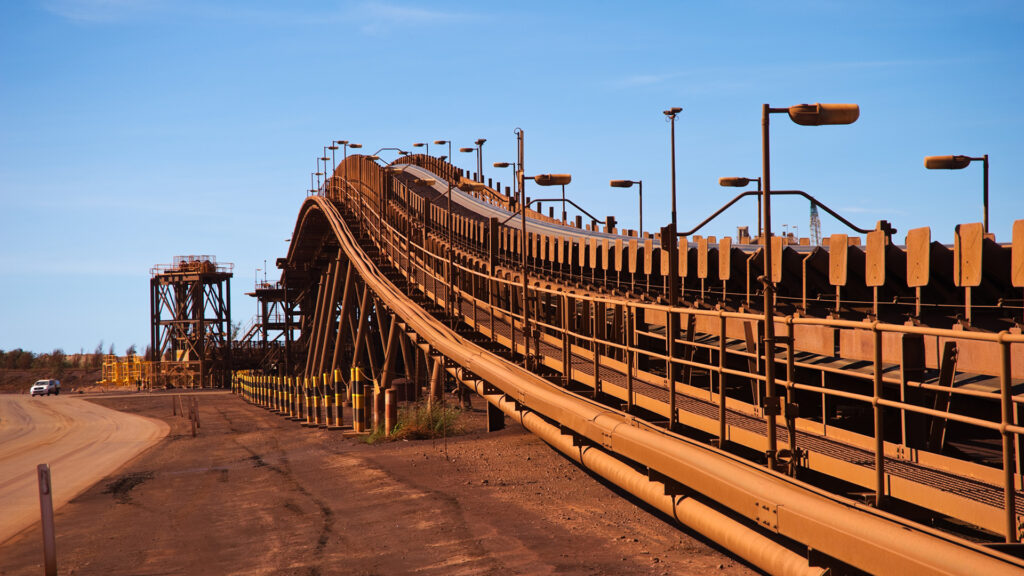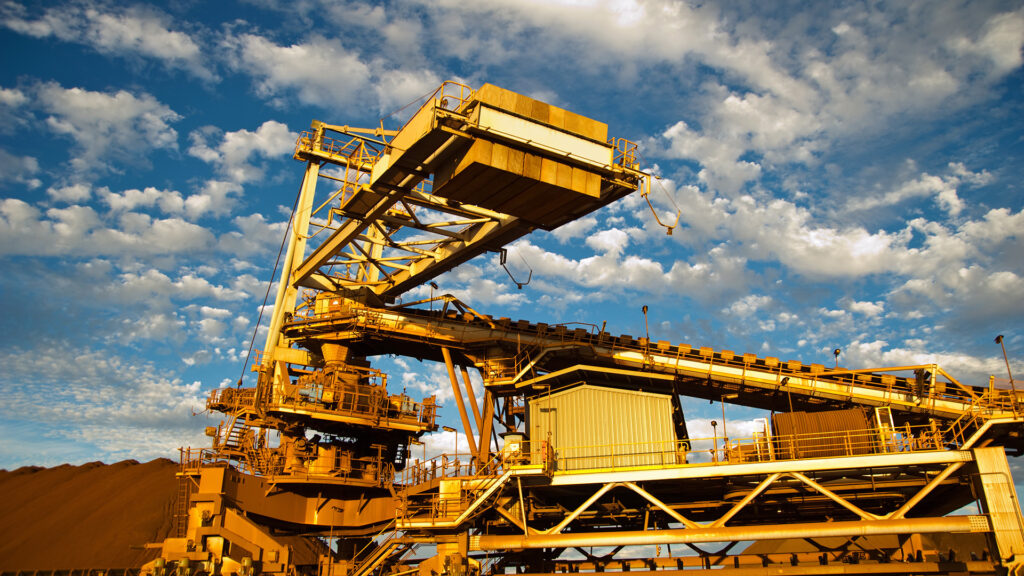LNG as a marine fuel: New technology, standards and challenges for Singapore’s maritime industry
With the IMO 2020 sulphur cap approaching, and the industry requirement to reduce emissions, the use of LNG as a marine fuel is slowly gaining traction.
LNG bunkering development in Singapore
LNG-powered vessels are already in operation, with more, including cruise ships and large container vessels, on the order books. These ships will require further support systems including, of course, LNG bunkering facilities.
LNG bunker vessels are proliferating, whether converted bunker barges or purpose-built LNG tankers. Here in Singapore, the world’s largest bunkering port, a bunker barge running on dual fuel will be delivered next year and a purpose built bunker barge for delivering LNG will be delivered in 2020. By then, if not before, LNG bunkering will be a reality in Singapore.
The new technology of course brings new challenges, new regulations and new standards. The IMO has published its Code of Safety for Ships using Gases or other Low-Flashpoint Fuels and classification societies have rules for the construction of LNG-powered vessels.
Potential challenges
In Singapore, standards are being drawn up for LNG bunkering and port procedures will have to be developed.
When the first ship-to -ship LNG bunkering operations take place in Singapore, it is conceivable that problems will occur and claims may arise. Disagreements over custody transfer and even the quality of the LNG may crop up. If the LNG quality is incorrectly matched to the engine’s requirements, damage can take place.
The LNG bunkering operation itself provides great scope for dangerous incidents. As is so often the case with marine casualties, crew competence and training will be paramount in helping to prevent serious accidents.
This will be especially relevant when LNG is being loaded on board a vessel where the crew may not have been immersed in the safety culture surrounding the handling of dangerous liquids.
LNG bunkering will require a whole host of procedures and concepts, with which officers and crews who have not served on board gas tankers may not be familiar and will only experience occasionally. Training can only take them so far; hands-on experience will be vital.
Until the technology and procedures are well established, careful thought is needed to manage the operational, commercial and legal risks.
To find out more
For more information on how we can help you manage the risks associated with new marine technologies and regulations, please contact:
Robert Spearing
Senior Manager and Master Mariner, Singapore
T +65 6411 5345
M +65 9363 7310
E robert.spearing@hfw.com










